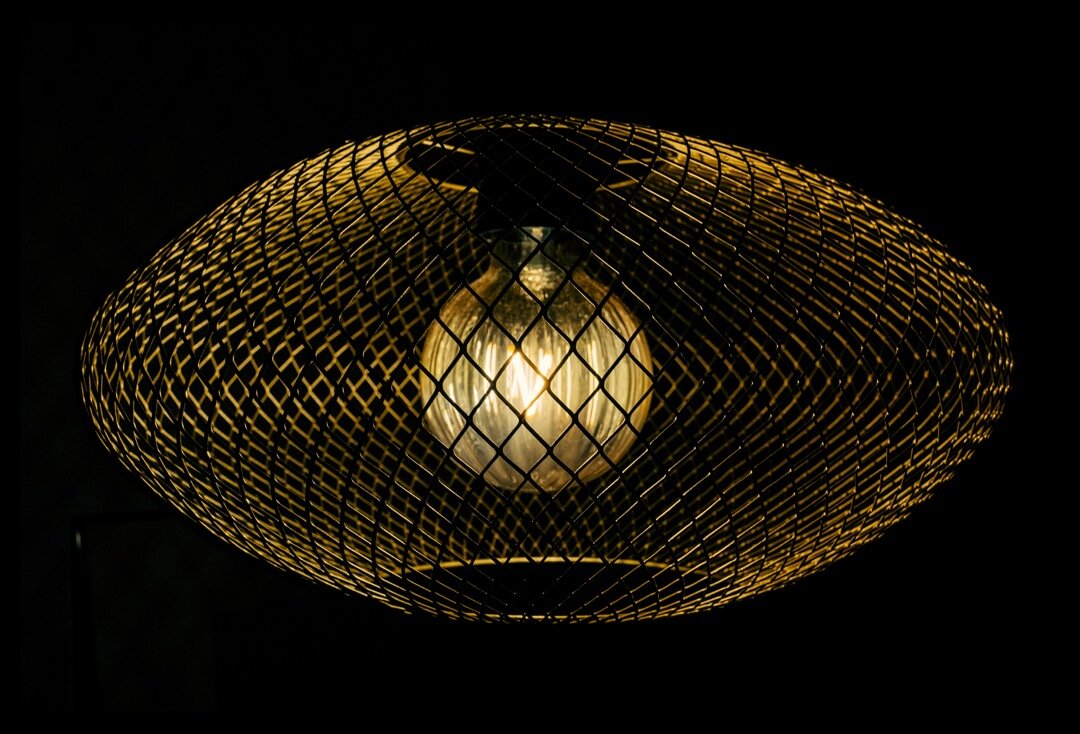WEEK 15
Read Morelight
The Shadows
This photo is from last week - it's been raining here for the last couple of days and I've neglected my camera somewhat.
The River of Heaven
It's essentially impossible to see the Milky Way from Tokyo, due to the huge levels of light pollution. Only when we venture far from our man-made distractions of flashing lights can we really appreciate how insignificant we are in the contexts of the universe.
This is a relatively recent dilemma. Years ago, before electricity, it would be common for people to look at the stars from their villages and towns, question the meaning of life (or perhaps simply pray to the current popular deity). These days, it's so rare to see the stars and the milky way, that I wonder if the number of people questioning the meaning of life, or their place in the universe is going up or down. On any given evening, it's hard to find someone not looking into their smartphone screen, rather than upwards into infinity.
The title of this post The River of Heaven, was chosen from the direct translation from Japanese 天の川, and was brought to you on Autumnal Equinox Day (秋分の日 Shūbun no Hi); a public holiday in Japan that usually occurs on September 22 or 23.
In search of light
In search of light | NEX-C3 & Canon nFD 50mm F1.4 | 50mm, f/1.4, ISO 200, 1/3200, RAW These lilies need no lessons in learning where the light is. They clearly point towards the slender gap in the curtain, soaking up as many rays as possible. I find myself on a similar path, pointing my camera to maximise the amount of incident light. These lilies tend to grow rather rapidly in the land of the rising sun, so I'll post a progress report in a couple of days.
Macro? Zeiss? Abstract? Same position?
I'll have a think, but I'll always listen to a suggestion!
Moon & Jupiter
Moon & Jupiter │ NEX-7 & Canon NFD 200mm F4 │ 200mm, ISO 100, f/5.6, 1/160, RAW
Considering I live in the centre of Tokyo, I'm still surprised by the clarity with which I can see the stars, and how the moon illuminates the clouds from the pitch-black. I'm from a rural area in the UK, so starry nights are not a stranger to me. What is strange, however, is that Tokyo with its neons, skyscrapers and apartments, can have skies with such clarity. Sometimes I feel as though I could reach the moon. On this particular night, Jupiter joined the party (top left).
It's linked, of course, to science. It's extremely cold and dry here at the moment. Moisture in the air makes dust, soot, and other airborne particles grow as they take on water. Their new size then scatters (and absorbs) light in many ways, creating fogs, haze, and generally unfavourable clear-sky conditions. Japan is cold and dry ( < 10% humidity sometimes) in the winter, and so the particles don't grow. Electric public transport is so common here in Tokyo, that cars are relatively few and far between. Tokyo is about as polluted as some rural parts of the UK, in a particulate sense. Tokyo makes up for it with light pollution though... on a damp morning or evening, you've no hope of seeing anything other than the reflection of the city above your head.
Can you see Orion?
Winter Sun
Winter Sun │ NEX-C3 & SEL 16mm F2.8 │ 16mm, ISO 200, f/22, 1/100
I write this from inside the warm comfort of our apartment, as outside the weather is a miserable 7°C and drizzling. I took the above photo during the week, when the weather was much more typical of the dry winter here in Japan. The trees are now almost bear, and it's hard to believe the temperature was 39°C just a few months ago. The sky in Tokyo over winter is usually a completely clear, deep blue. It's also extremely dry - we've actually bought a humidifier for the apartment. In the UK, one never needs a humidifier due to the persistent moisture in the air.
Typically, the weather should return to sunny, but chilly, dry conditions on Monday. Just in time for me to spend all day in an office...




